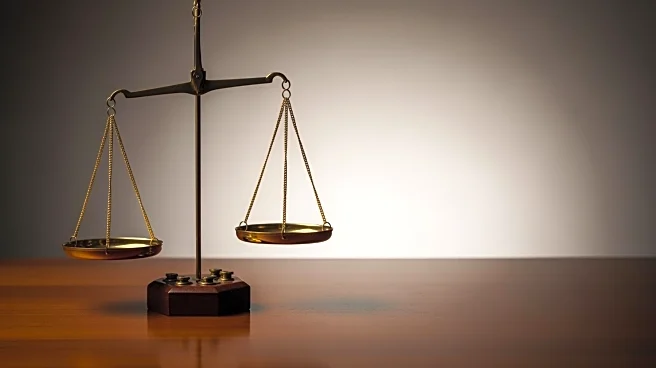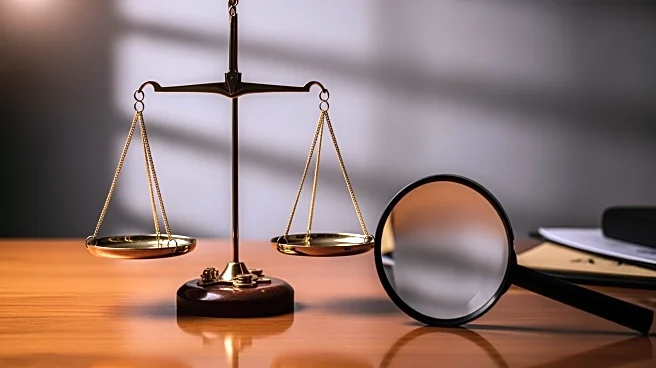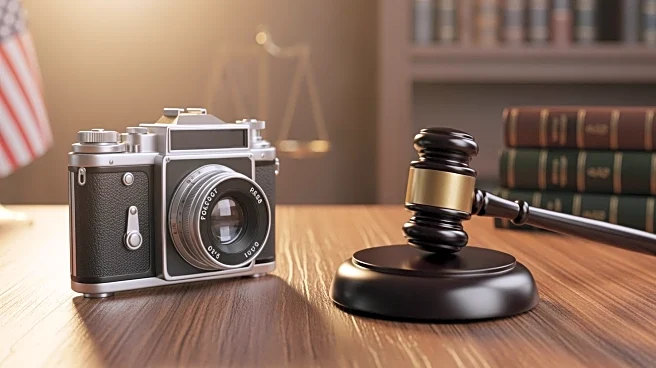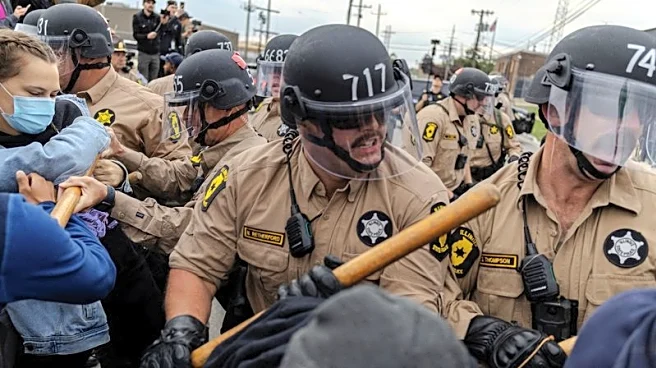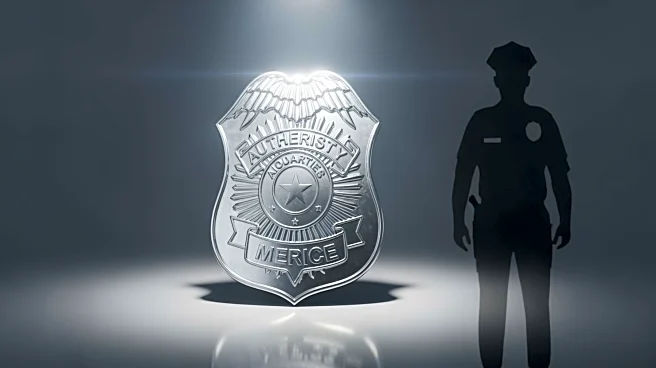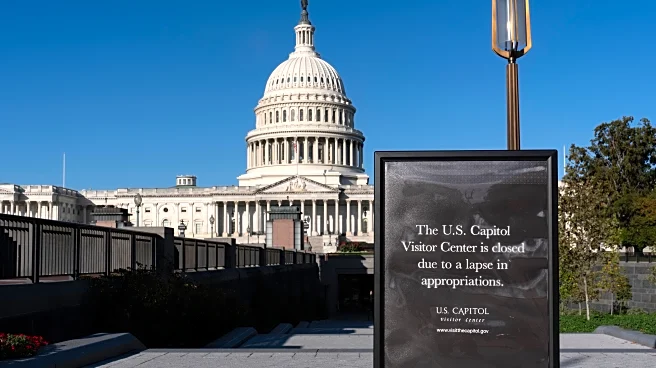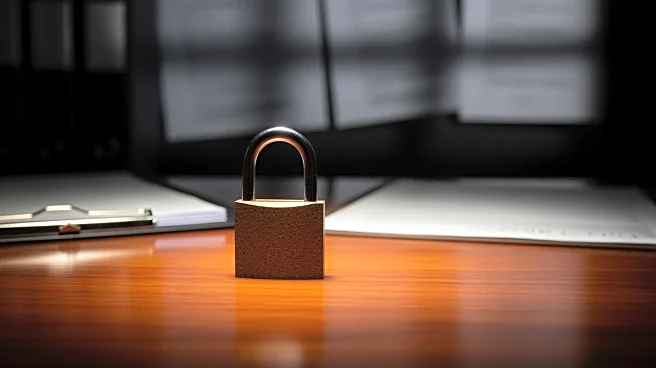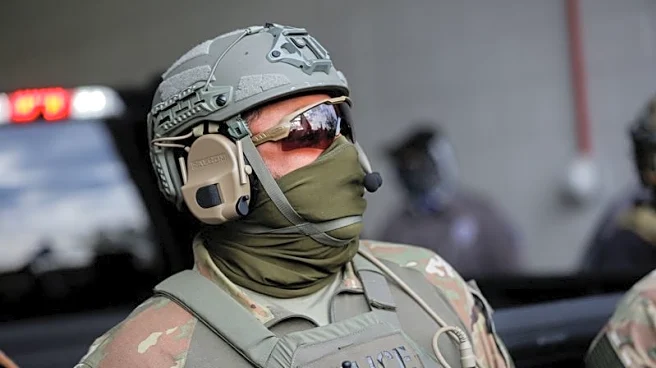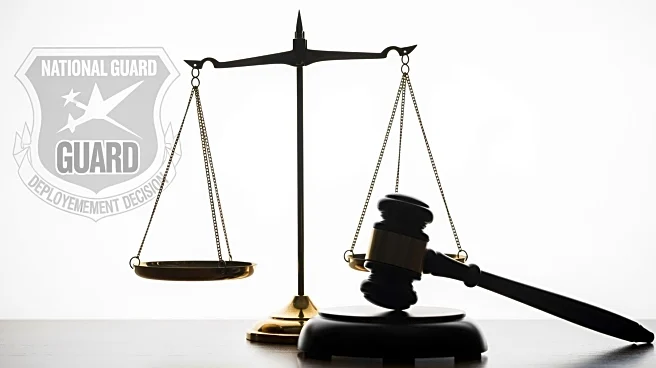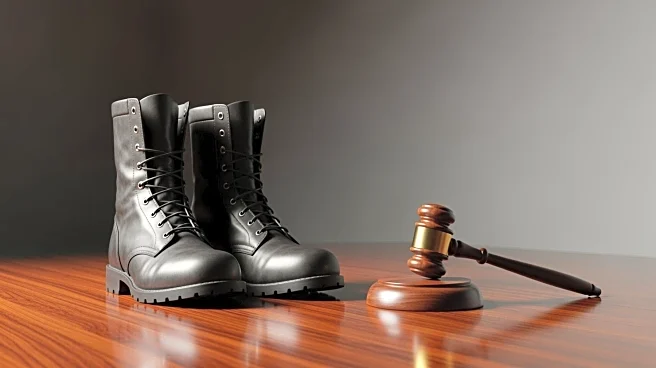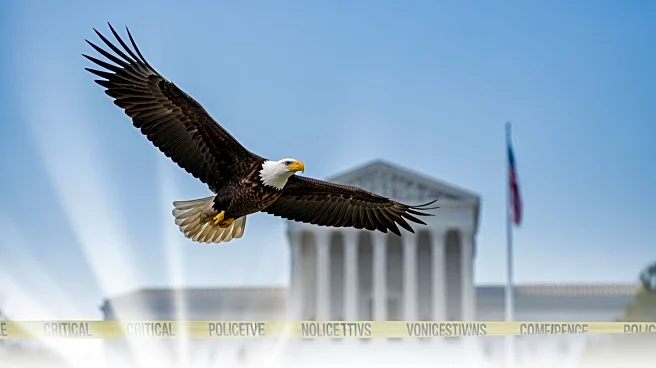What's Happening?
A federal judge in Chicago has summoned officials from the Department of Homeland Security to address concerns regarding the use of tear gas during an immigration crackdown. The hearing, led by Judge Sara
L. Ellis of the U.S. District Court for the Northern District of Illinois, focused on whether the government violated a court order limiting the use of tear gas against protesters. This marks the first direct courtroom interaction between a federal judge and Homeland Security officials concerning crowd control tactics under President Trump's administration. During the session, Judge Ellis expressed her concerns about the government's adherence to her order, although she did not challenge the statement from Kyle C. Harvick, a Homeland Security official, who claimed that agents were aware of the restrictions. The judge's inquiry centered on two specific incidents where tear gas was deployed, with Harvick stating that agents had issued warnings and acted out of concern for their safety, a claim contested by protesters in court filings.
Why It's Important?
The use of tear gas in immigration enforcement operations raises significant questions about civil rights and the balance between law enforcement and public safety. The judge's inquiry into the tactics used by federal agents highlights ongoing tensions between the Trump administration's immigration policies and judicial oversight. This case could set a precedent for how federal agencies are held accountable for their actions during enforcement operations, potentially influencing future policy and operational decisions. The outcome of this hearing may impact public perception of the administration's approach to immigration and its respect for legal boundaries, affecting both political discourse and community relations in areas affected by such crackdowns.
What's Next?
The hearing may lead to further judicial scrutiny of the Trump administration's enforcement tactics, potentially resulting in stricter oversight or modifications to current policies. Stakeholders, including civil rights groups and local communities, are likely to continue challenging the administration's methods, seeking greater transparency and adherence to legal standards. The judge's decision could prompt additional legal actions or adjustments in federal enforcement strategies, influencing how similar operations are conducted in the future.
Beyond the Headlines
The broader implications of this case touch on the ethical considerations of using force in civil enforcement actions. It raises questions about the government's responsibility to protect civil liberties while maintaining public order. The case may also influence public debate on the appropriate use of force in non-criminal contexts, potentially leading to policy reforms or shifts in public opinion regarding immigration enforcement.
